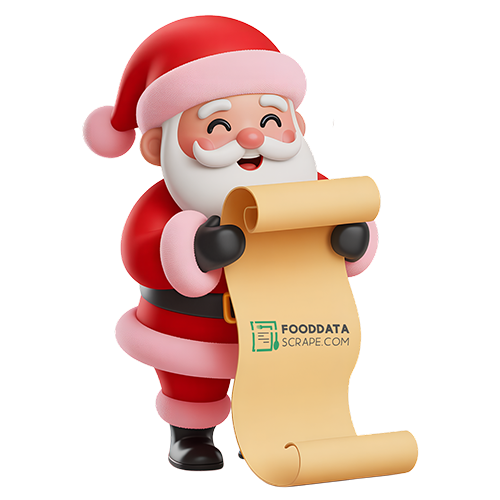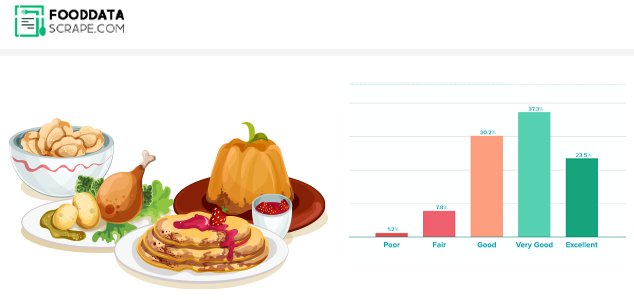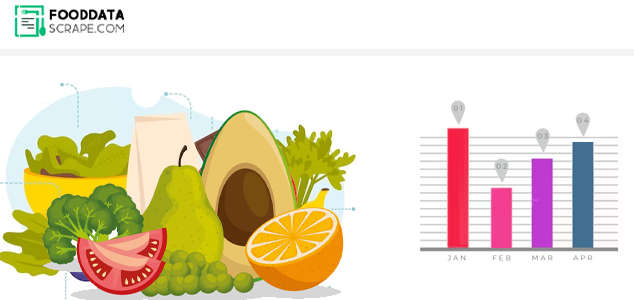Introduction
In the rapidly changing food delivery industry today, the ability to extract food delivery insights from Zomato provides a substantial competitive advantage to businesses. Zomato is one of India's leading food discovery and delivery apps, and it is significantly more than just an app for ordering food! Many marketers, restaurant owners, entrepreneurs, and data scientists can leverage the food menu and prices dataset from Zomato. With millions of user-generated reviews, ratings, photos, order history, and menu listings from restaurants, Zomato is an important source of data for food menus and prices that showcases consumer behavior (with over 350 million reviews), restaurant performance (based on customer ratings, user-generated photos), market trends (what are Indians eating? What food categories are growing?), and regional food preferences (certain states/cities have peculiar tastes with food choices). Through web scraping Zomato food delivery data, businesses, and analysts can better spot patterns and trends, optimize menus, offer competitive pricing, and increase consumer engagement! Strategically analyzing Zomato's data enables businesses and restaurants to picture themselves making data-driven decisions that ultimately grow business and profits in an incredibly competitive industry sector. This blog will explore how to think about Zomato's data so its insights are helpful for better business.
Understanding the Scope of Zomato Data
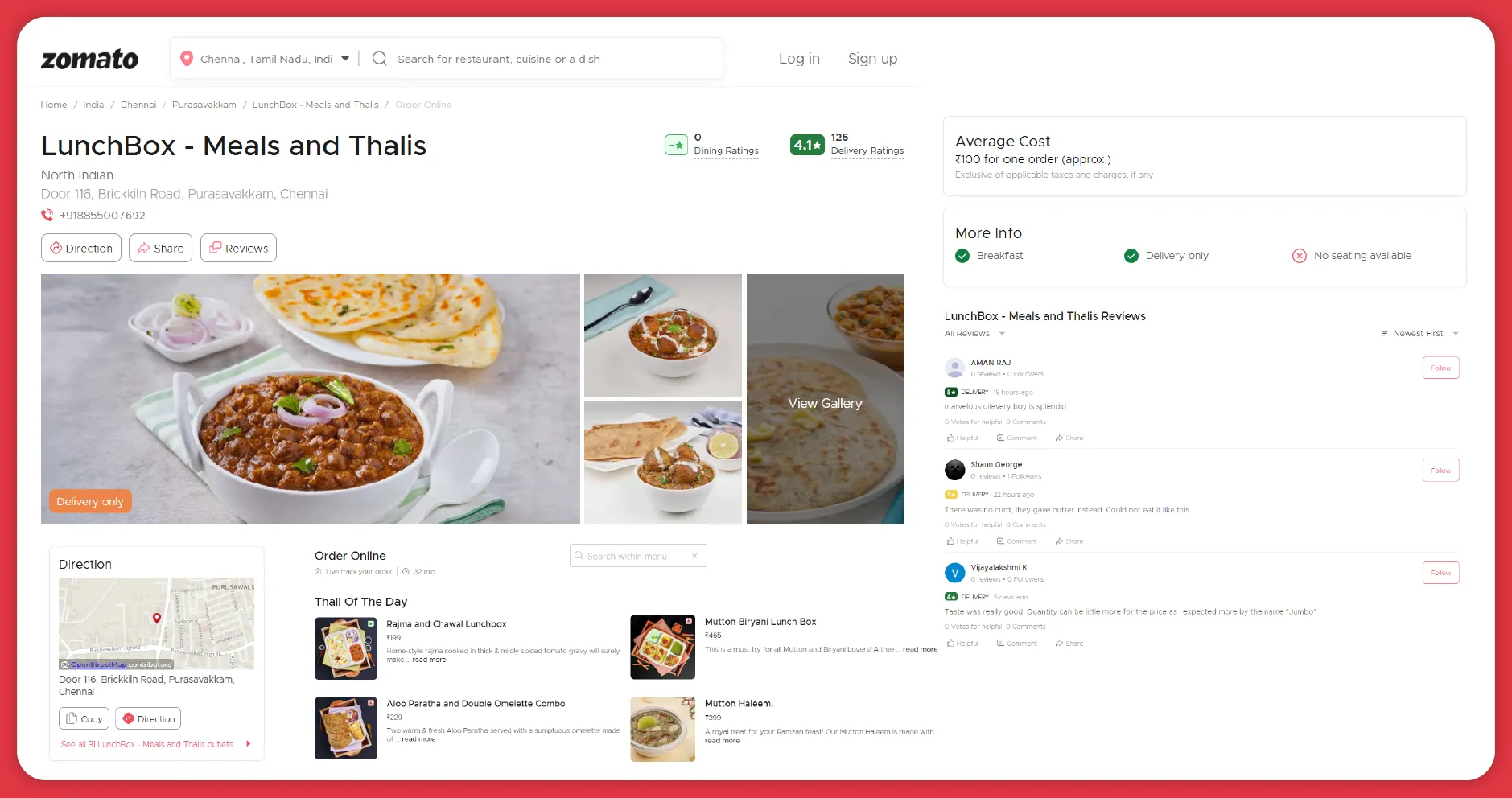
Zomato hosts a comprehensive catalog of restaurants, cafes, and food outlets across different cities and countries. It contains detailed listings with attributes such as:
- Restaurant names and locations
- Cuisine types and menu items
- Prices, discounts, and delivery fees
- Customer reviews and star ratings
- Delivery time estimates and user photos
- Popular dishes and order frequency
When analyzed collectively, these attributes reveal not just what's trending but why certain patterns emerge in specific geographies and customer segments. Zomato's data helps businesses decipher what works, what doesn't, and where new opportunities lie.
Competitive Benchmarking through Reviews and Ratings
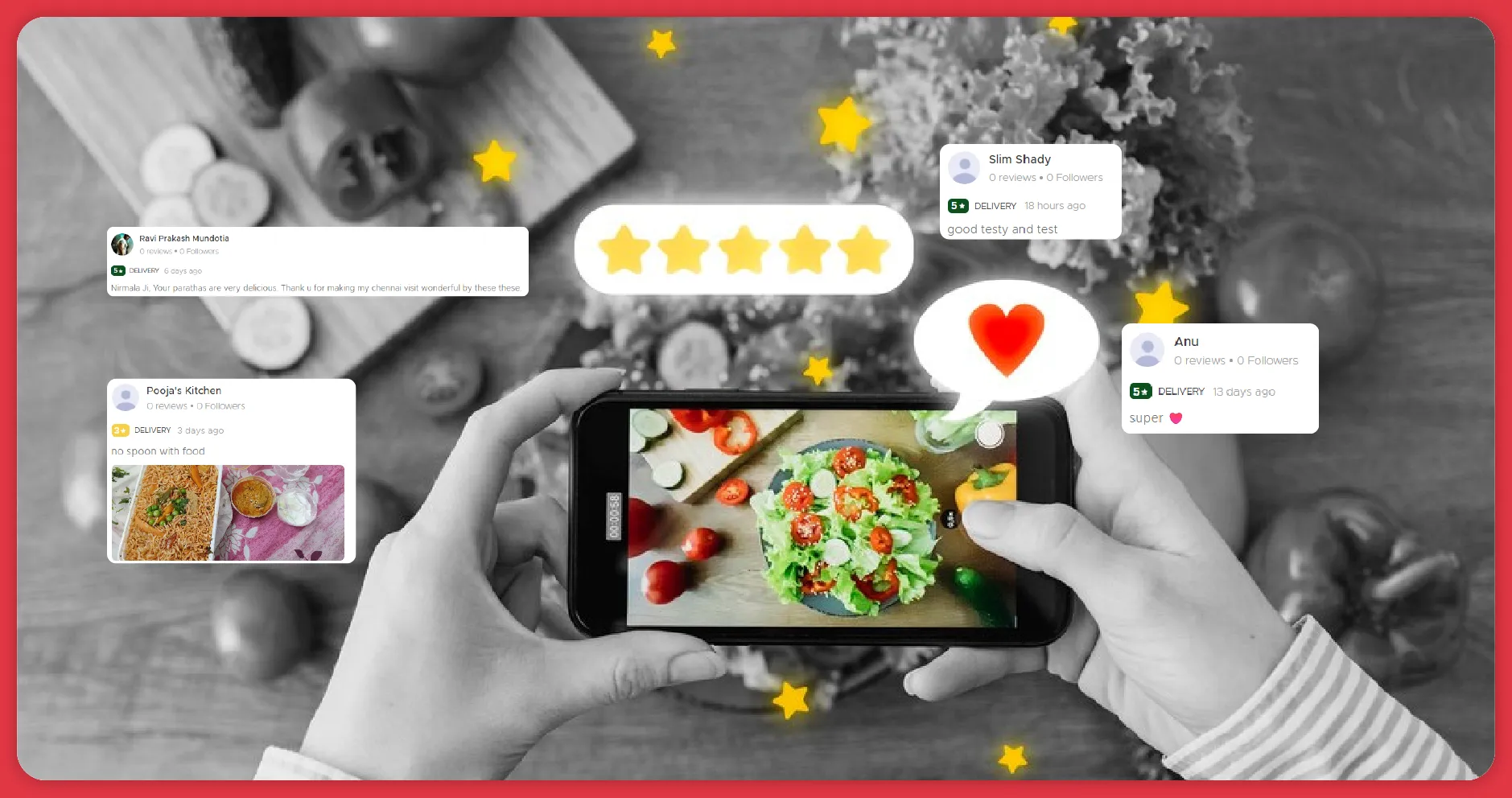
Customer feedback is a critical indicator of a restaurant's performance, and Zomato provides a centralized hub. Based on user experiences, the rating system enables comparison between restaurants within the same locality or cuisine category. By scraping real-time Zomato food delivery data, businesses can track these ratings and reviews continuously. Examining reviews over time helps detect patterns around service issues, food quality, or delivery delays. Additionally, the ability to scrape restaurant listings and menus from Zomato allows for a comprehensive view of competitors' offerings. This form of competitive intelligence helps restaurants understand where they stand compared to peers. If a competing restaurant consistently scores higher on delivery speed or food temperature, that signals an area of improvement. Meanwhile, emerging eateries that gain popularity can serve as benchmarks for innovation or promotional strategies. Leveraging the Zomato food delivery menu prices and reviews enables data-driven decisions to enhance service and customer satisfaction.
Insights from Menu Dynamics and Pricing
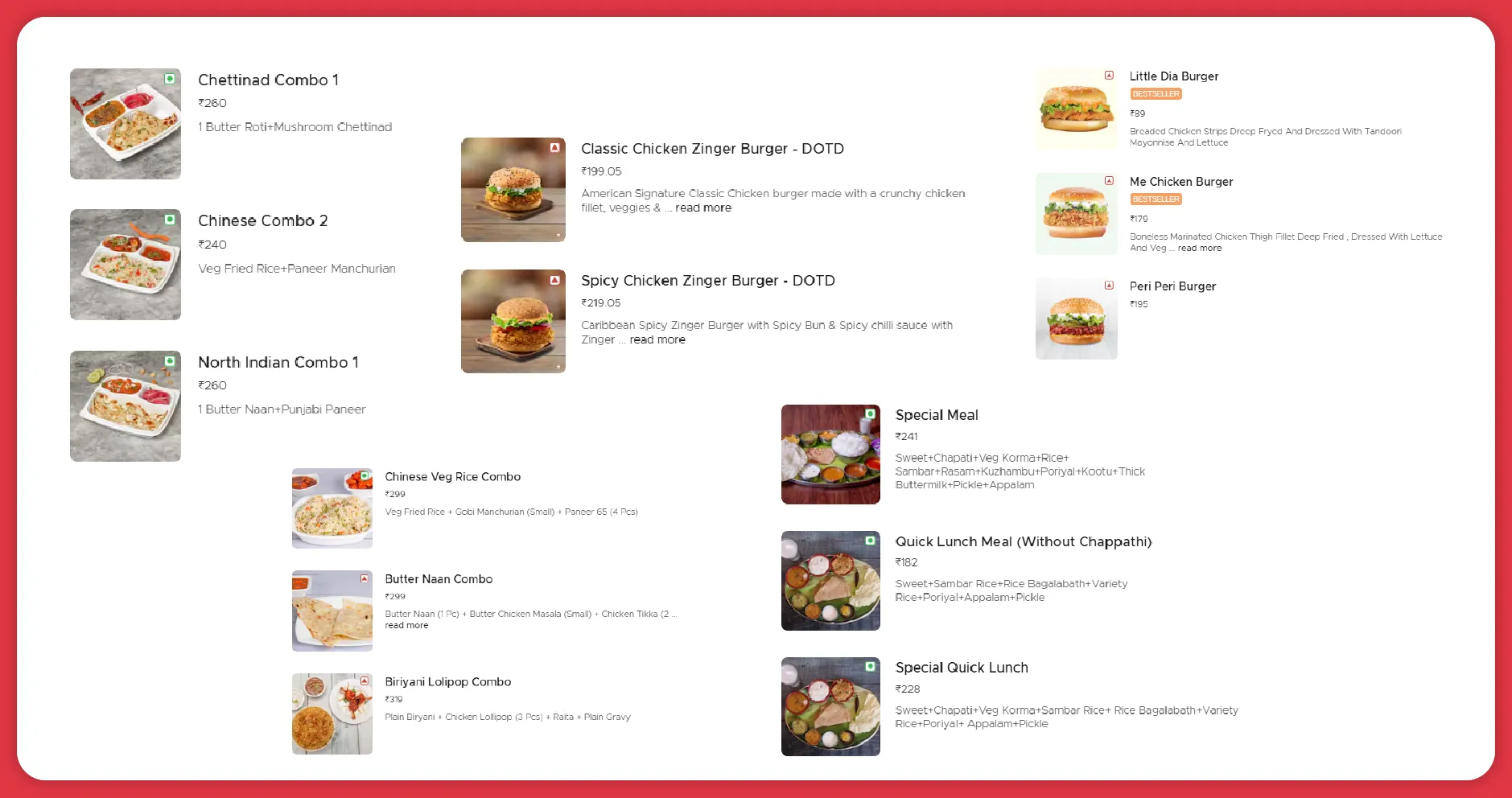
Analyzing menu listings and pricing across Zomato can uncover strategies employed by successful restaurants. Certain dishes trend better depending on the time of day, weather, or location. For instance, biryani might dominate in Hyderabad, while momos are common in Delhi during winter. By leveraging the Zomato restaurants dataset, businesses gain valuable insights into these regional and temporal preferences. Extracting and comparing menu data through Zomato food delivery scraping API services enables evaluating which items are priced competitively, which dishes receive the most positive reviews, and how combo meals or offers affect order frequency. Menu optimization thus becomes truly data-driven: underperforming items can be replaced, high-margin items promoted, and dynamic pricing tested based on competitor behavior and user response. Utilizing reliable food delivery data scraping services allows businesses to stay ahead of trends and adapt quickly in a fast-paced market.
Regional Preferences and Consumption Trends

Food preferences vary widely across India. Zomato's data allows for a granular view of such diversity. A vegetarian-only restaurant may do exceedingly well in certain areas, while seafood thrives in coastal cities. Tracking consumption trends through restaurant menu data scraping helps identify regional favorites, festival-specific dishes, and time-sensitive promotions. Brands can tailor their strategies based on location-specific demand patterns. In particular, cloud kitchens and delivery-only brands benefit from food delivery scraping API services to strategically open kitchens, reduce food waste, and create hyper-local menus. These regional insights also fuel marketing campaigns that resonate culturally and emotionally with the target audience. Leveraging restaurant data intelligence services ensures businesses can capitalize on nuanced consumer behavior and preferences to optimize offerings and maximize growth in diverse markets.
Optimizing Delivery Logistics and Partner Selection
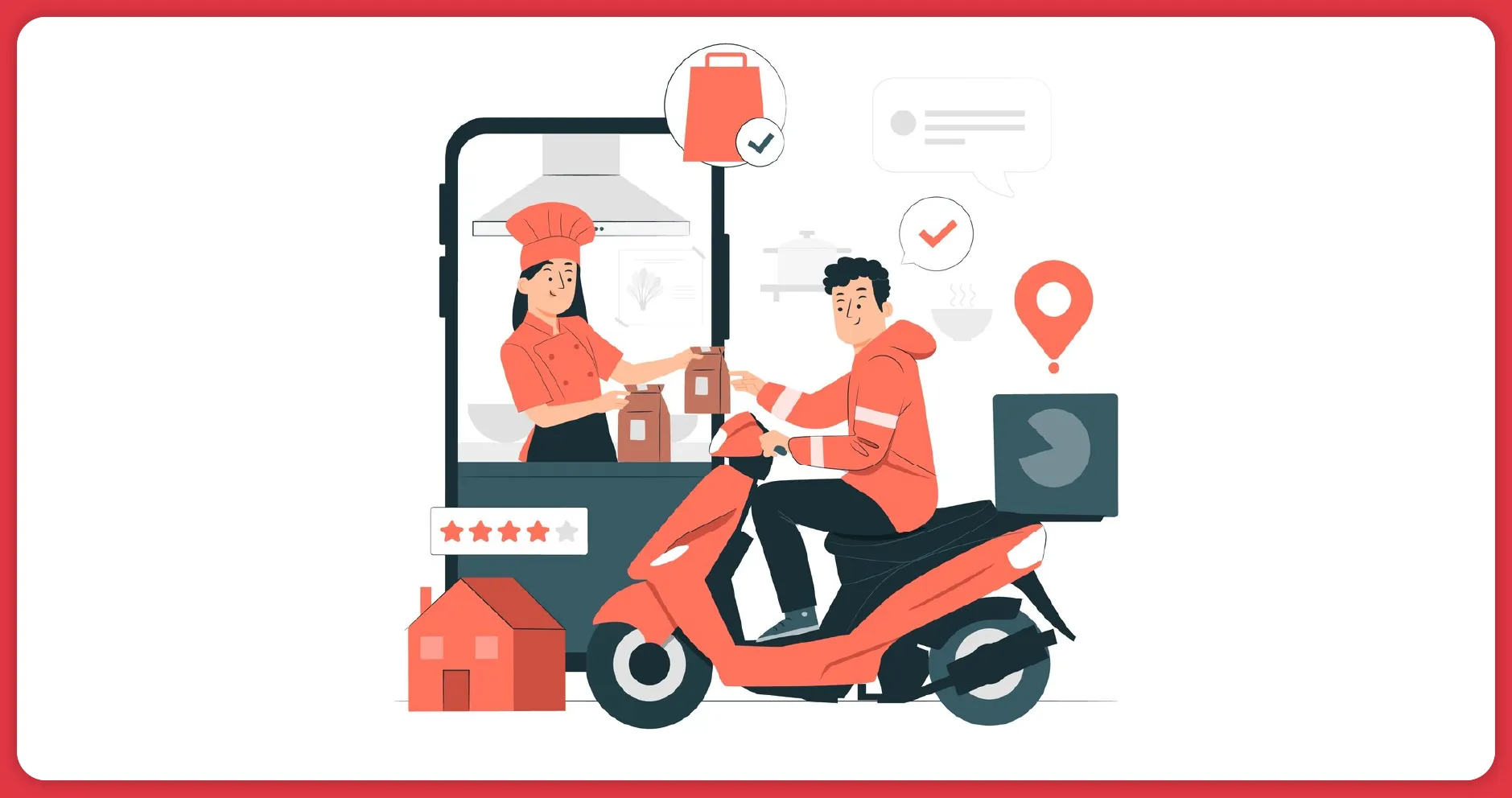
Zomato displays food menus and manages food delivery logistics in many regions. Businesses can evaluate logistics efficiency by observing delivery time estimates, real-time tracking patterns, and customer complaints about delays. High wait times or negative delivery experiences often correlate with customer churn. Restaurants can use this information to optimize kitchen workflows, partner with more reliable delivery agents, or adjust delivery radius settings. For multi-branch restaurants or chains, comparing delivery efficiency across outlets helps identify operational bottlenecks or standout performers.
Understanding User Behavior and Ordering Patterns
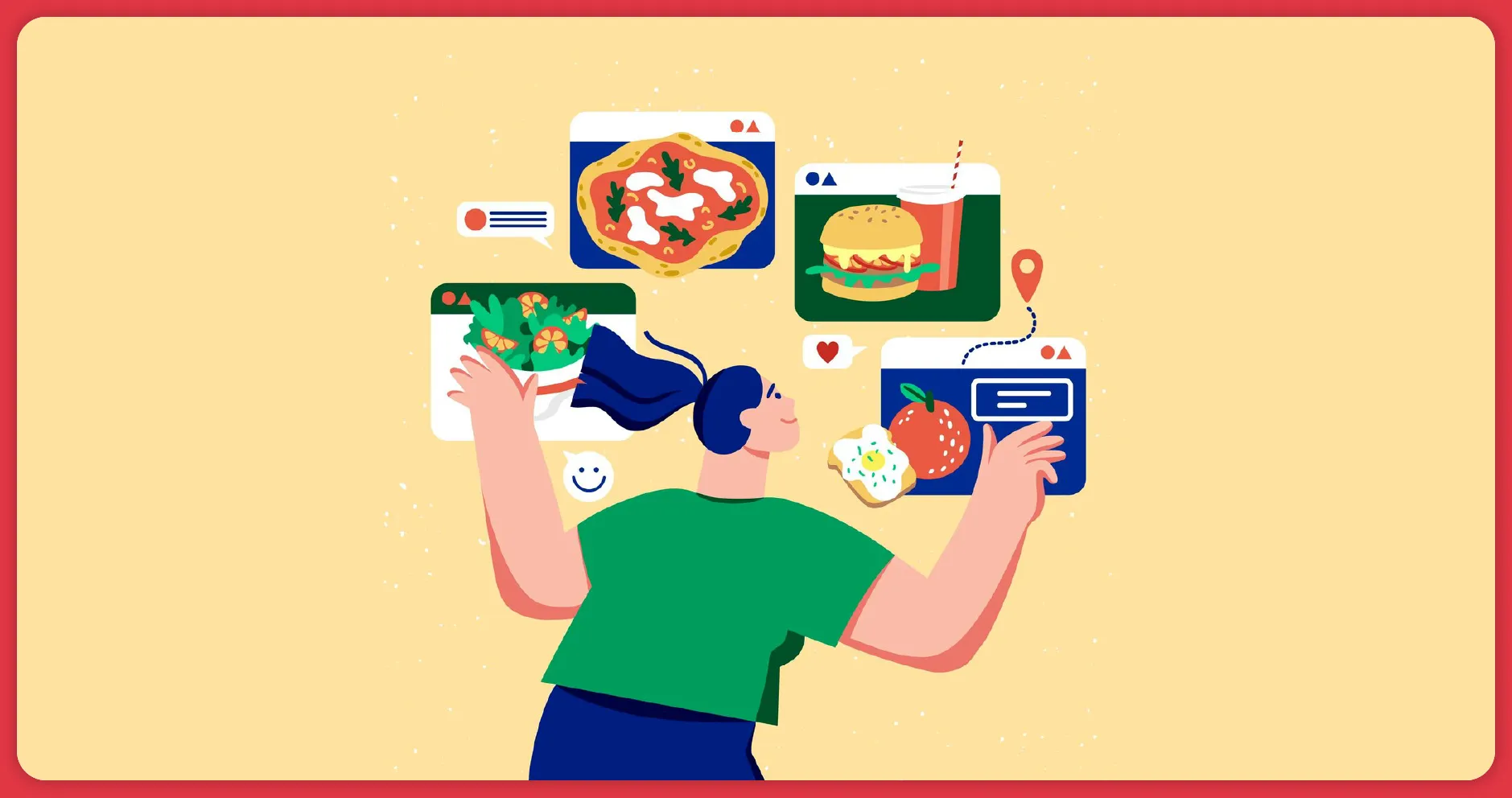
One of the most valuable aspects of Zomato's data lies in user behavior. From order timings and payment methods to repeat purchases and meal customizations, the platform captures a dynamic portrait of how consumers interact with food delivery. Extracting insights from such patterns helps restaurants offer personalized deals, recommend relevant menu items, and optimize peak-hour performance. For instance, if data shows that a particular restaurant gets a spike in dessert orders on weekends, targeted promotions can be launched to maximize this trend.
Additionally, businesses can identify high-value customers who frequently leave reviews, try new dishes, or refer others. Loyalty programs can be built around such influencers to foster word-of-mouth marketing.
Data-Driven Marketing and Campaign Optimization
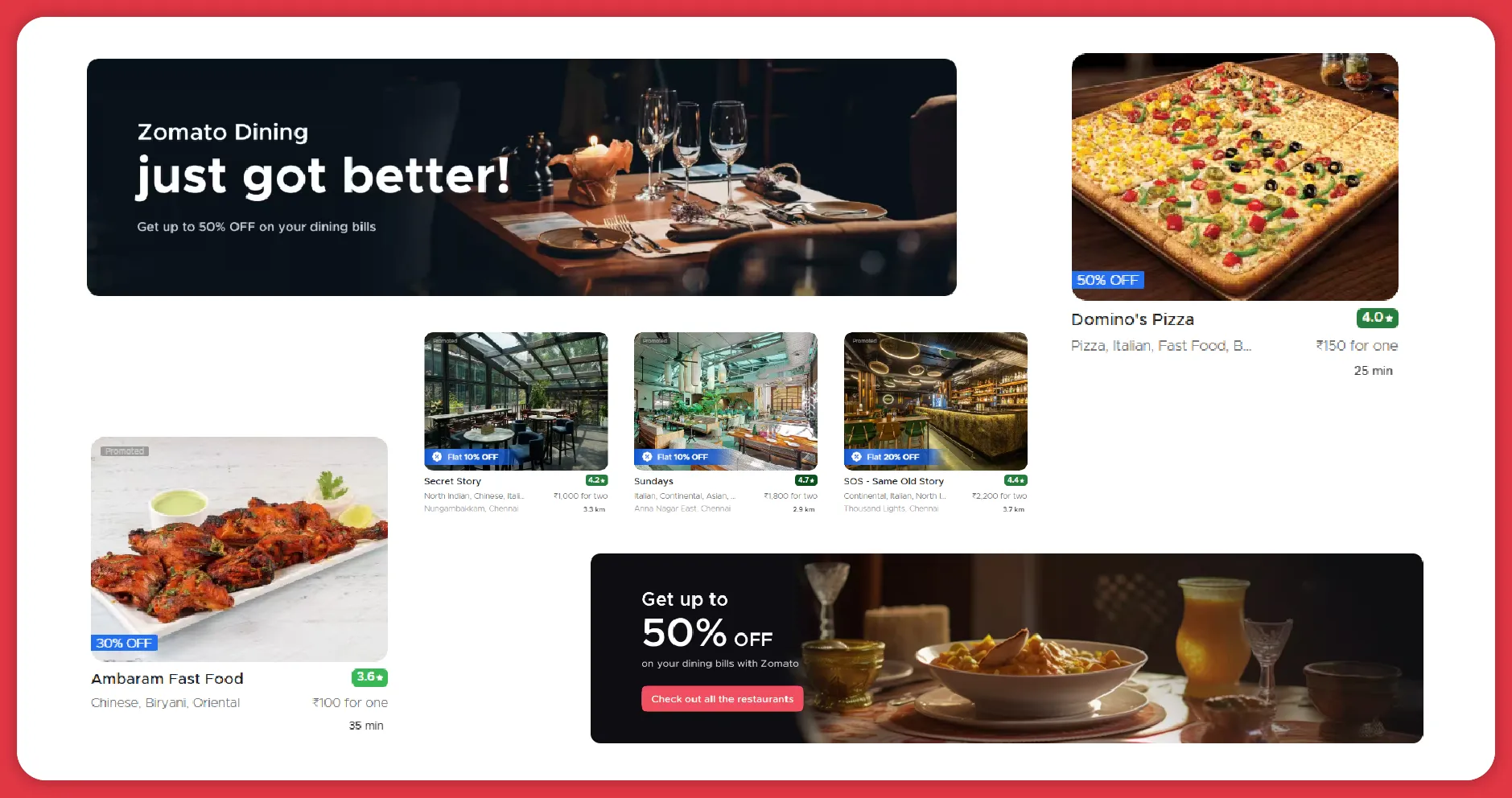
Zomato enables paid promotions, visibility boosts, and ad placements within the app. But how effective are these campaigns? Businesses can refine their advertising strategies by tracking engagement metrics such as click-through rates, conversion rates, and promotion-driven order spikes.
Combining Zomato insights with other data sources—like Google Ads, CRM systems, or social media metrics—allows for cohesive multichannel campaign analysis. Restaurants can identify what type of promotions resonate with different demographics and tweak future offers accordingly. Seasonal campaigns like "Monsoon Combo Meals" or "Valentine's Dinner Deals" can be evaluated for ROI and replicated or adjusted in the future.
Predictive Insights and Future Forecasting
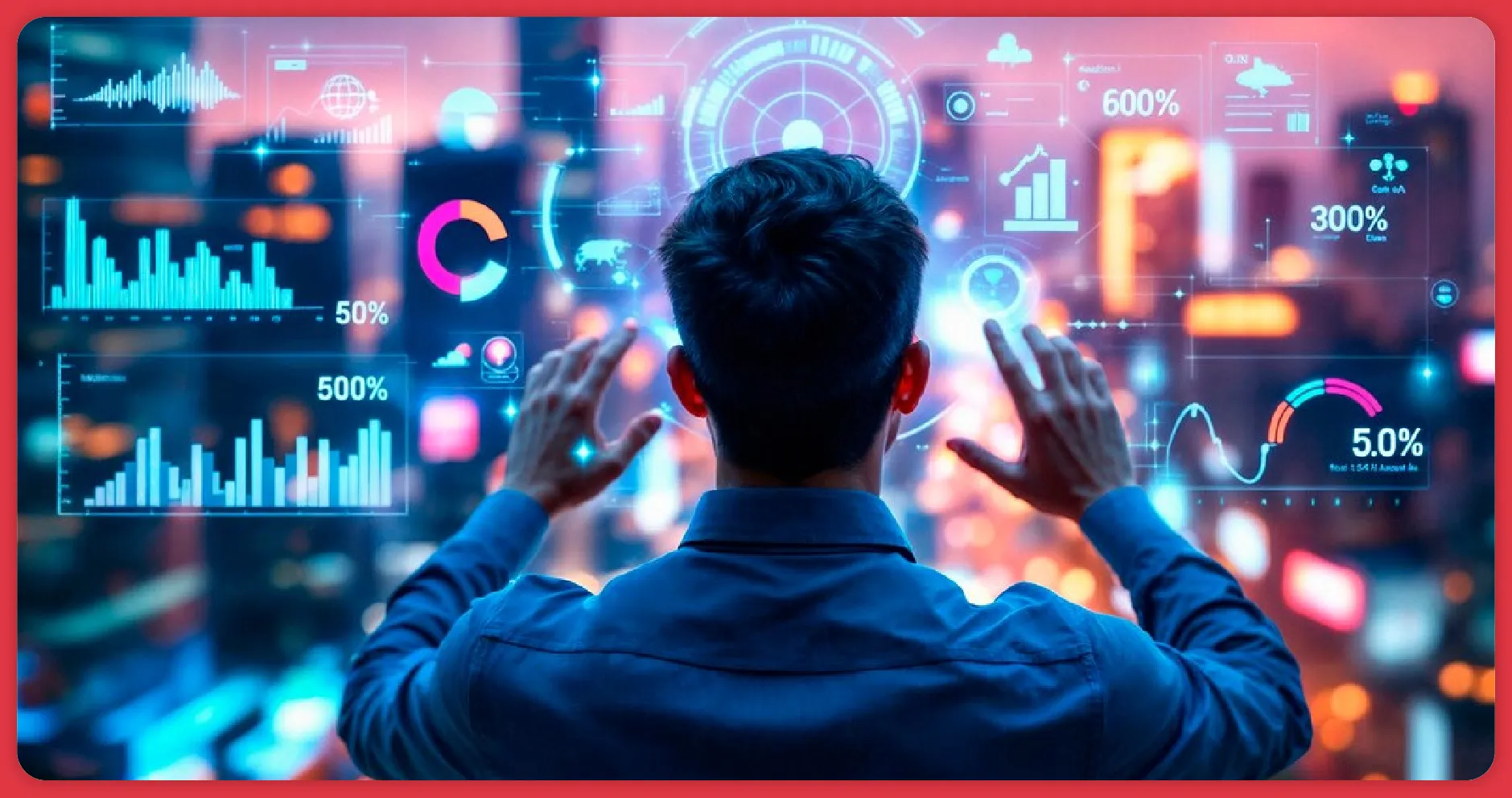
With enough historical data from Zomato, businesses can build predictive models to forecast demand, identify potential sales dips, and proactively manage inventory. Machine learning algorithms trained on Zomato data can identify early signals of changing food trends, popular upcoming restaurants, or shifts in consumer preferences.
For example, if a rise in vegan or gluten-free options is detected in reviews and menus across several cities, businesses can adapt their offerings accordingly. Similarly, ratings or review volume drops suggest reputational risk or operational issues before they escalate. Forecasting models built using Zomato insights can help in staffing decisions, supply chain management, promotional calendar planning, and financial forecasting. This allows businesses to become not just reactive but truly proactive and data-driven.
Unlock the power of data today—partner with us for cutting-edge scraping solutions that drive your business forward!
Identifying Partnership Opportunities

Zomato data can also spotlight potential partnership or franchise opportunities. When certain restaurants perform consistently well in specific areas, they become attractive collaborators or expansion models. Investors and entrepreneurs can use insights derived from Zomato to identify scalable food brands, evaluate customer sentiment, and assess potential ROI before engaging.
Food aggregators, FMCG companies, and delivery startups can also spot gaps in the market—such as underrepresented cuisine types or underserved areas. This creates room for launching new brands, ghost kitchens, or collaborative campaigns.
Leveraging Zomato Data for Policy and Urban Planning
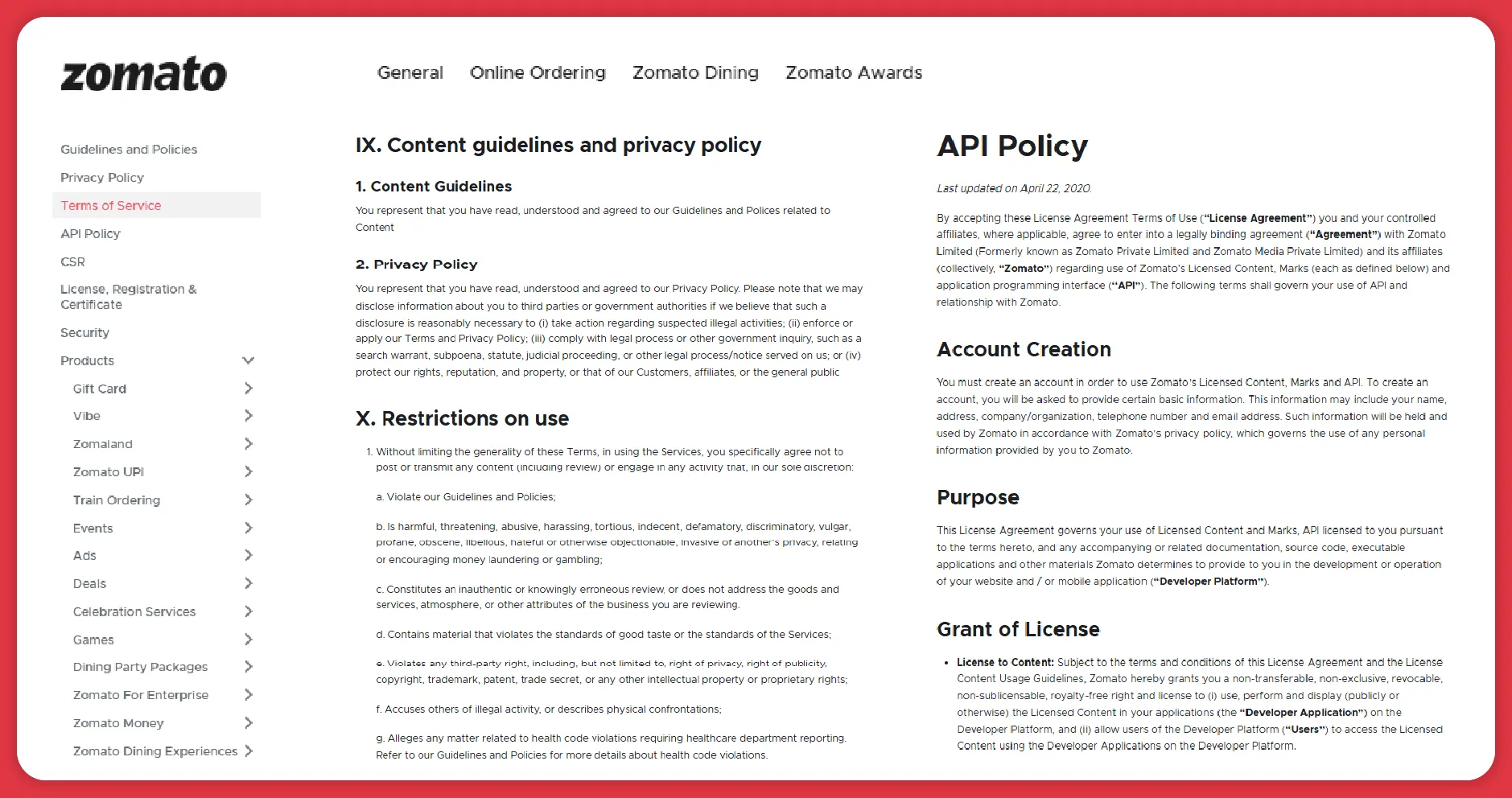
Beyond commercial uses, Zomato insights also serve larger public purposes. Urban planners, local governments, and health departments can analyze districts' food availability, hygiene ratings, and dietary trends. Policymakers can track how specific food regulations affect consumption or how rising delivery dependence impacts traffic and urban life. Academics and research institutions studying public health, consumer behavior, and nutrition trends increasingly use food delivery datasets like Zomato's. For instance, mapping areas with low access to healthy meals can drive targeted nutrition interventions or subsidies.
How Food Data Scrape Can Help You?
- Advanced Technology & Tools: We use cutting-edge scraping technologies and custom-built tools to ensure fast, accurate, and scalable data extraction from even the most complex websites.
- Comprehensive Data Coverage: Our solutions cover a wide range of industries and data types, including e-commerce, food delivery, real estate, and more. We deliver rich, structured datasets tailored to your needs.
- Data Quality & Accuracy: We prioritize high data accuracy with thorough validation and cleansing processes, ensuring you receive reliable and actionable insights every time.
- Customized & Flexible Services: Our scraping solutions are fully customizable, adapting to your specific requirements, formats, and frequency—whether real-time, periodic, or bulk data extraction.
- Dedicated Support & Compliance: We provide ongoing technical support and updates and ensure compliance with legal and ethical standards to keep your data scraping projects safe and sustainable.
Conclusion
As consumer reliance on food delivery platforms grows, so does the importance of leveraging insights from these platforms. Zomato, with its rich ecosystem of menus, ratings, deliveries, and customer interactions, provides an unparalleled lens into the evolving food landscape. Businesses that invest in extracting, organizing, and interpreting Zomato data stand to gain market intelligence and actionable guidance for decision-making through advanced food delivery intelligence services . Whether optimizing operations, launching new products, predicting trends, or enhancing customer satisfaction, Zomato's extensive food delivery datasets serve as a strategic compass. Tools like the food price dashboard further empower businesses to monitor pricing dynamics and remain agile in a competitive market. In an industry where taste is subjective but success is data-driven, tapping into platforms like Zomato isn't just an option—staying competitive, relevant, and profitable is necessary.
If you are seeking for a reliable data scraping services, Food Data Scrape is at your service. We hold prominence in Food Data Aggregator and Mobile Restaurant App Scraping with impeccable data analysis for strategic decision-making.

